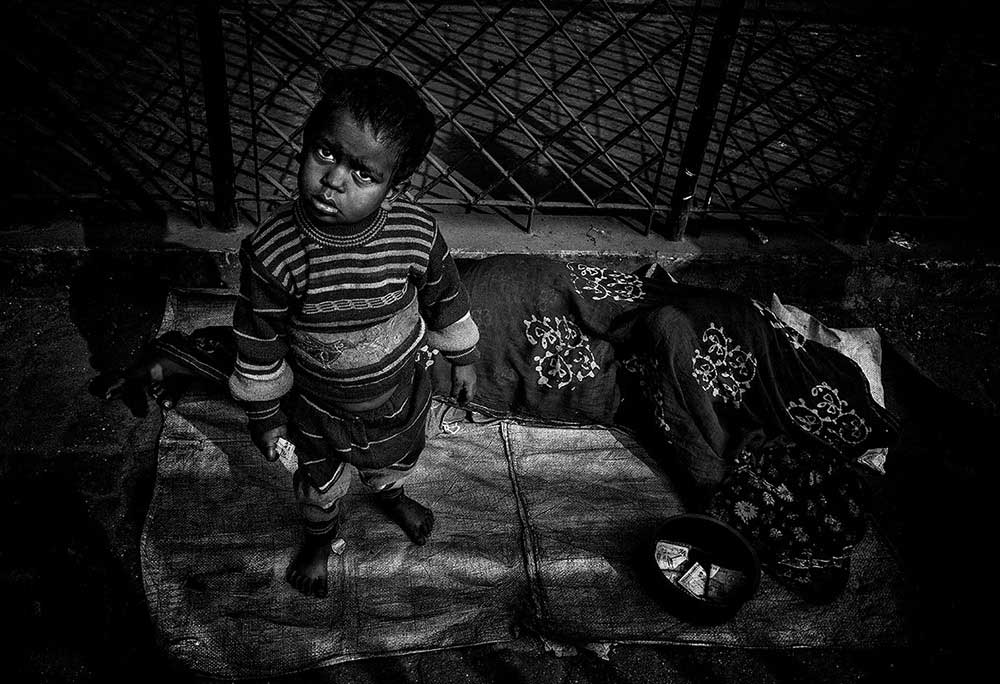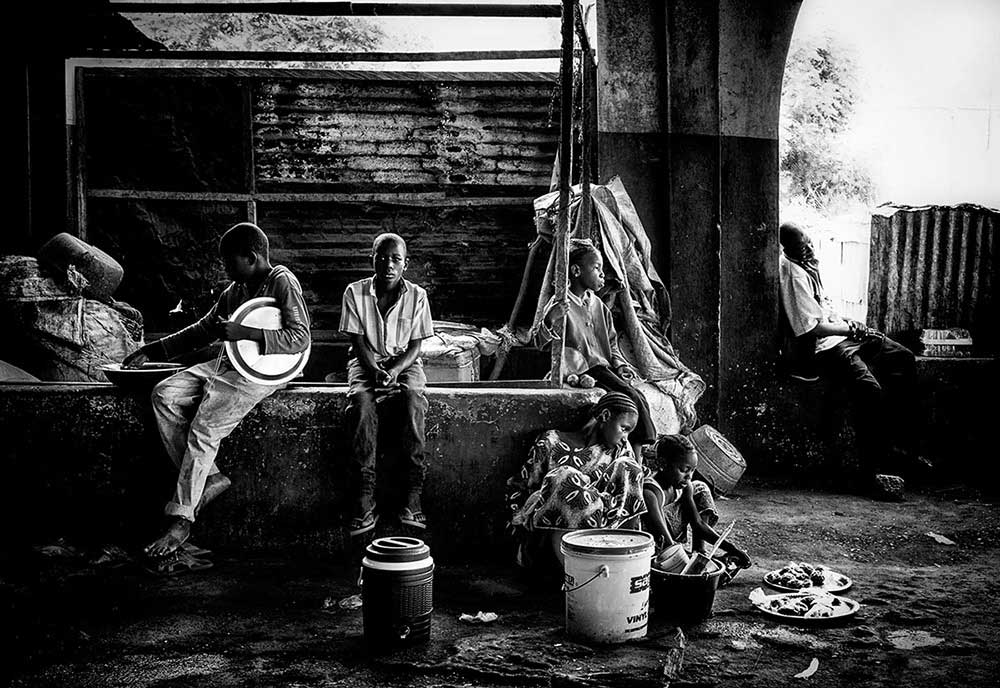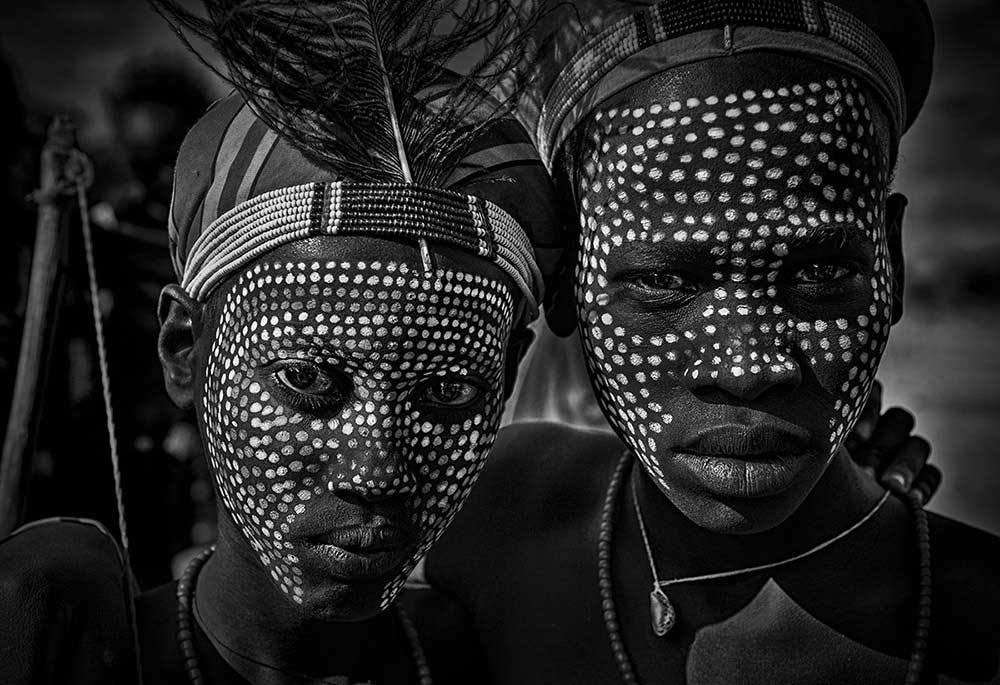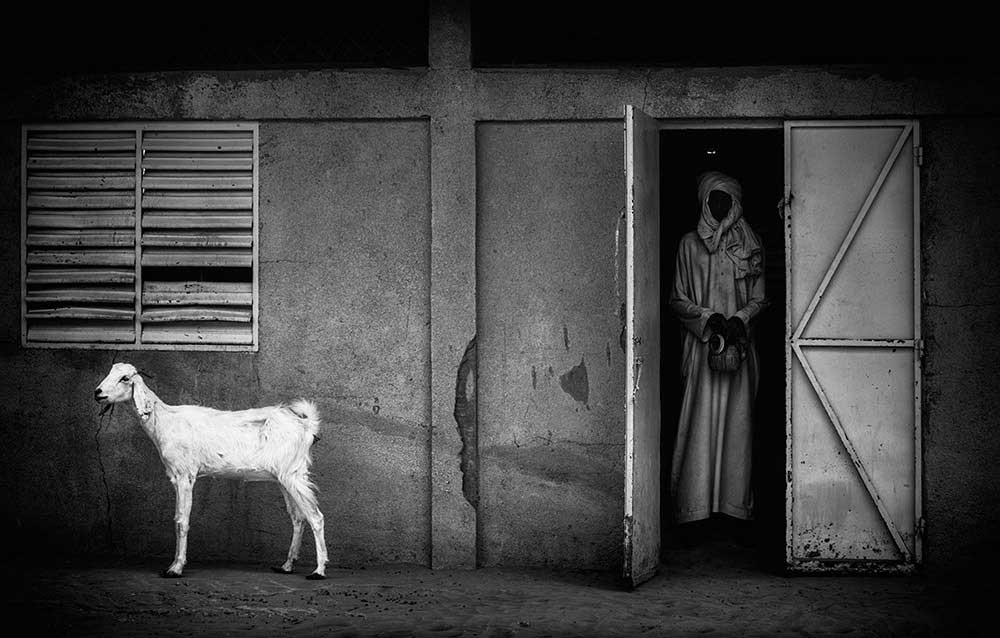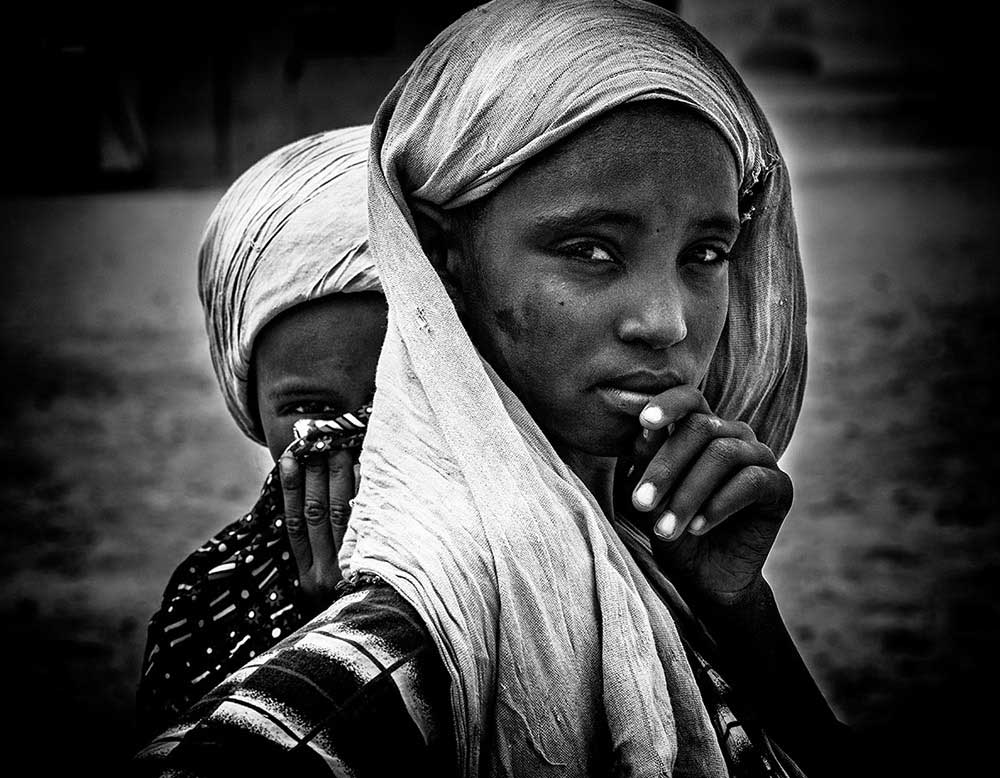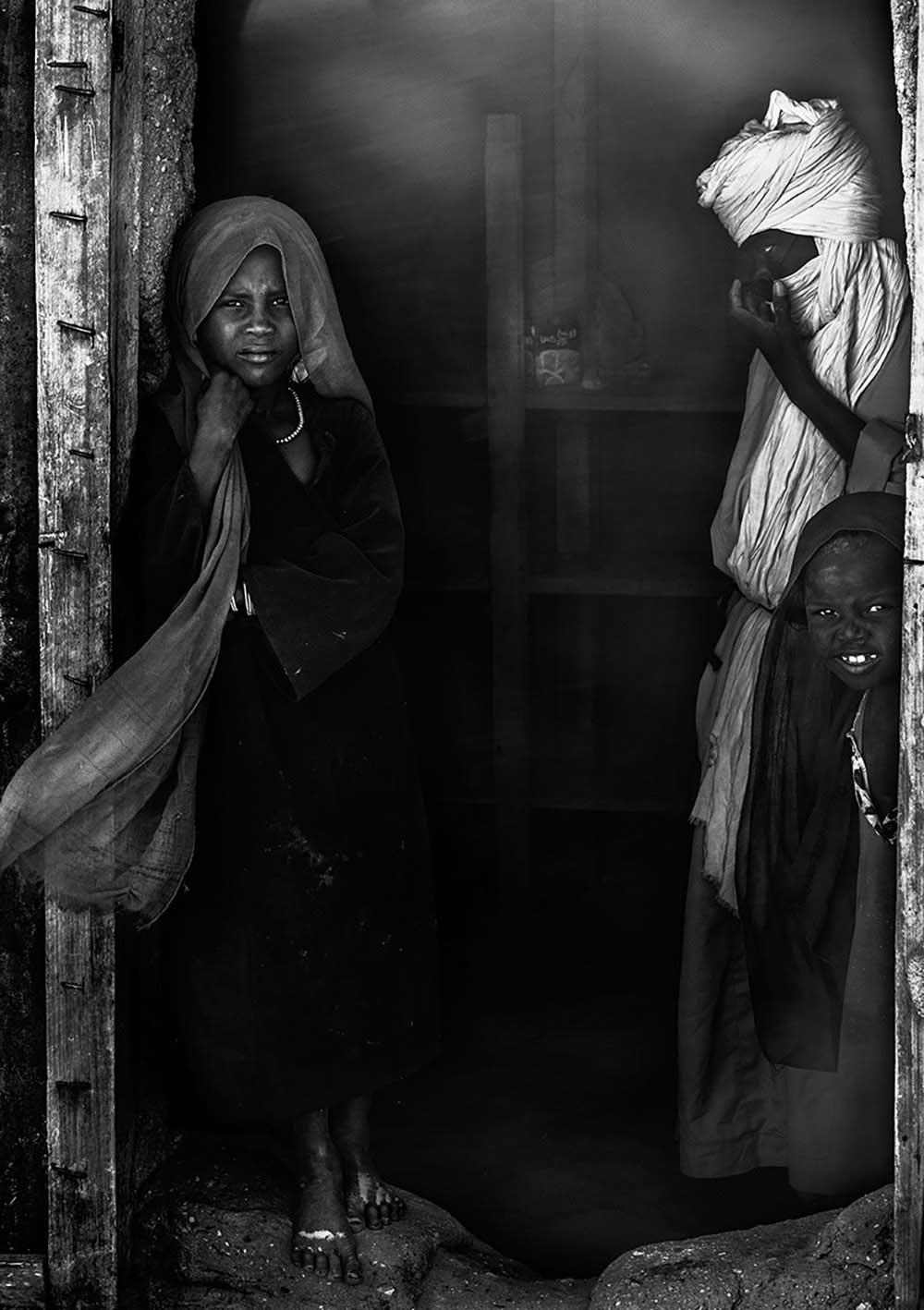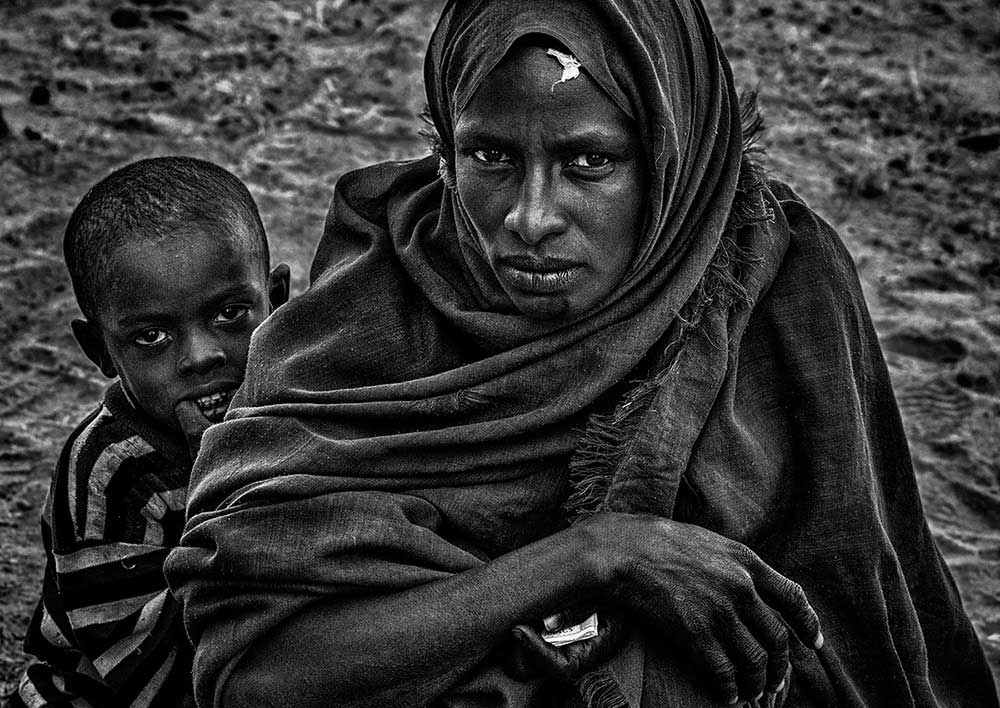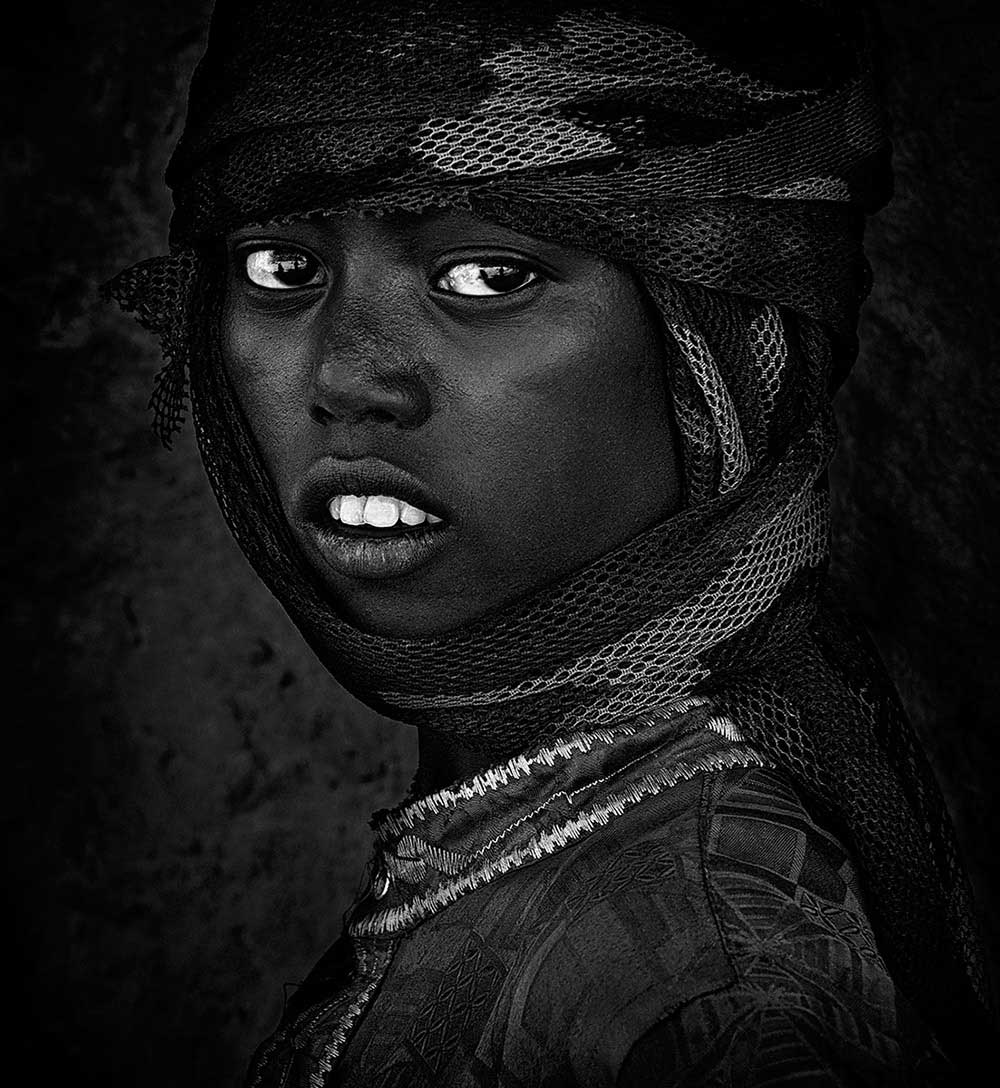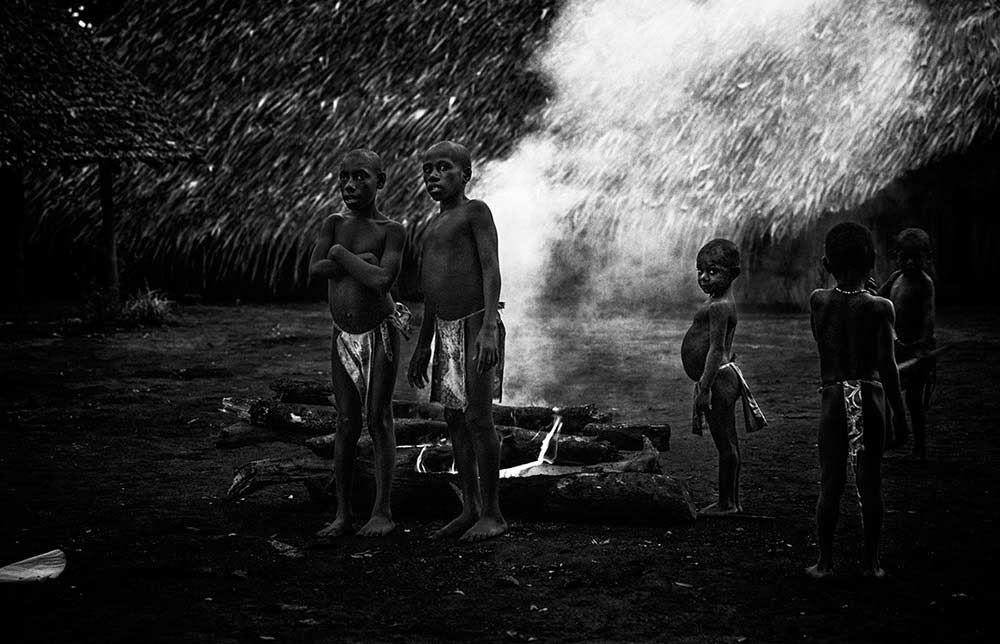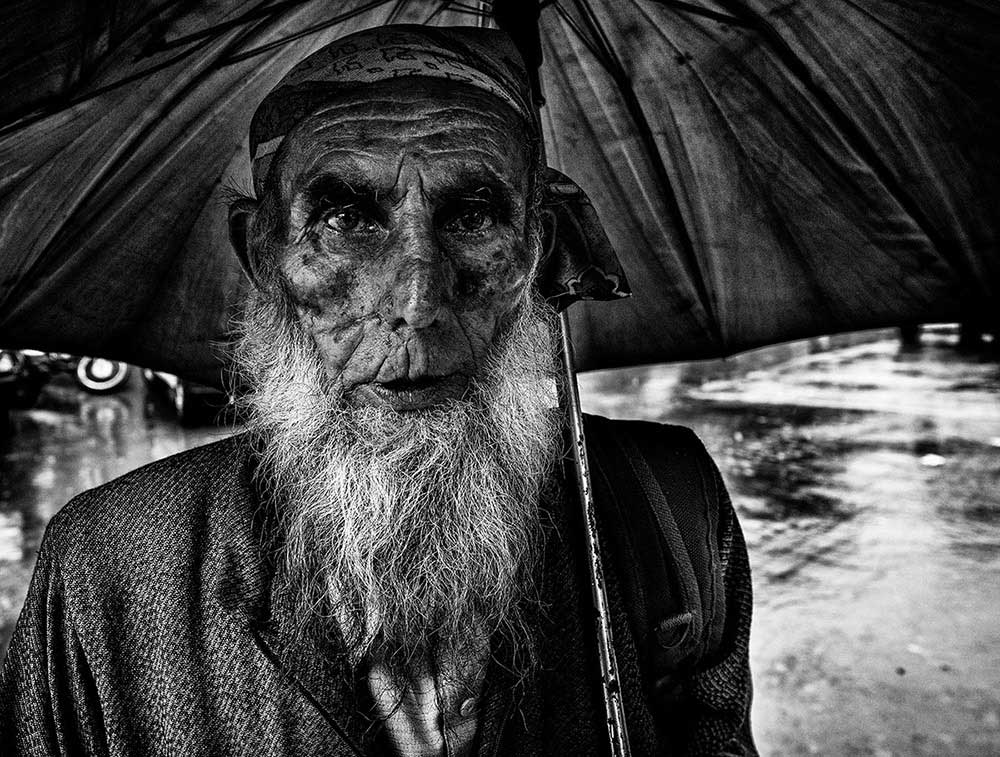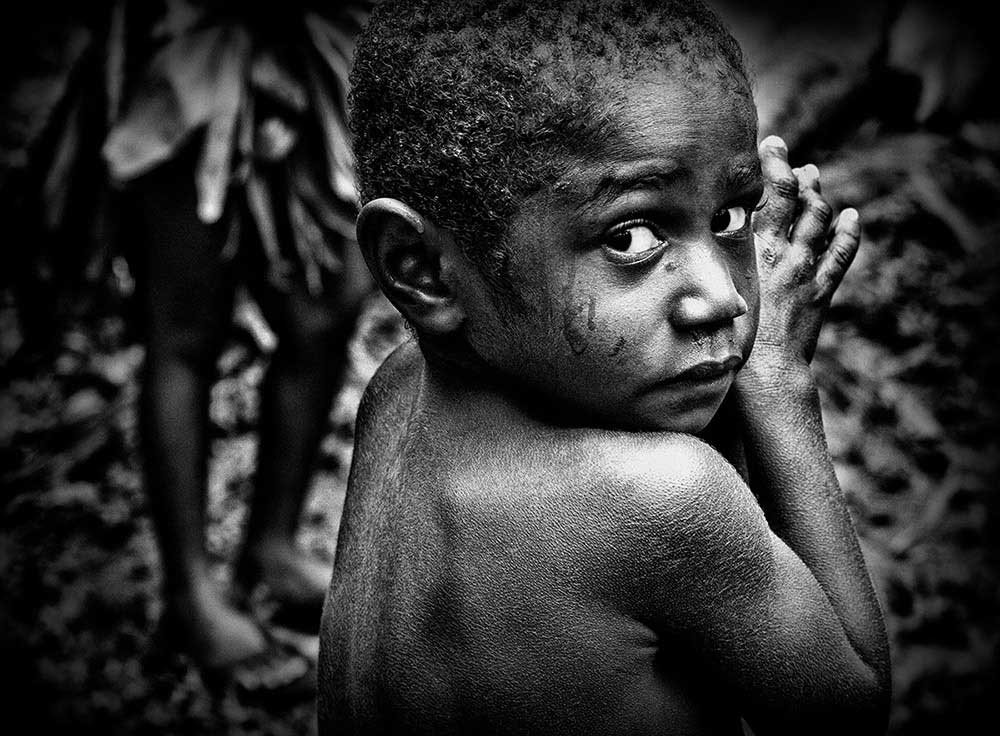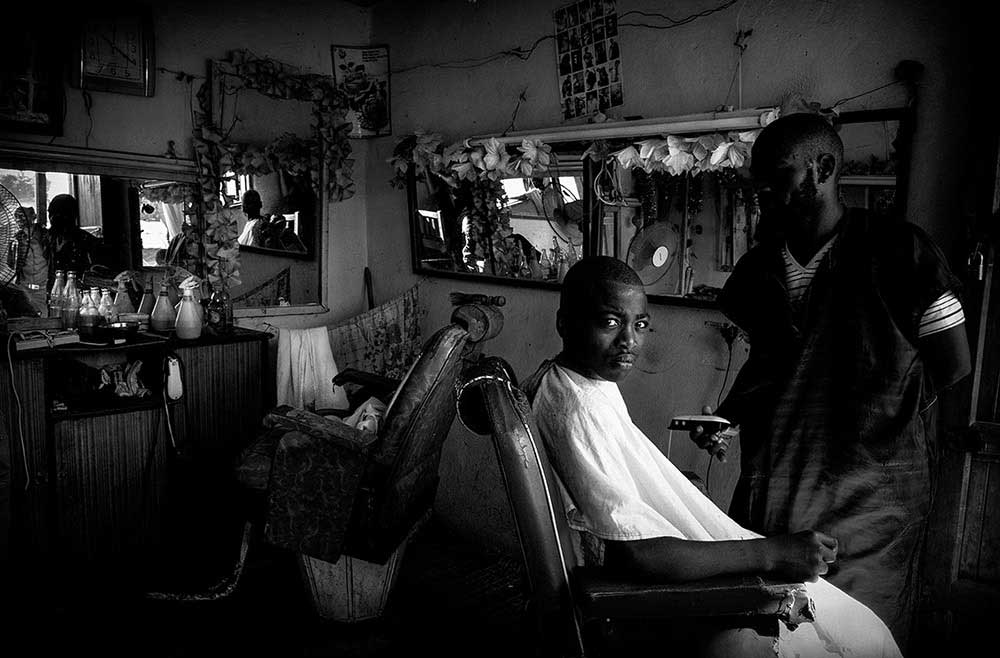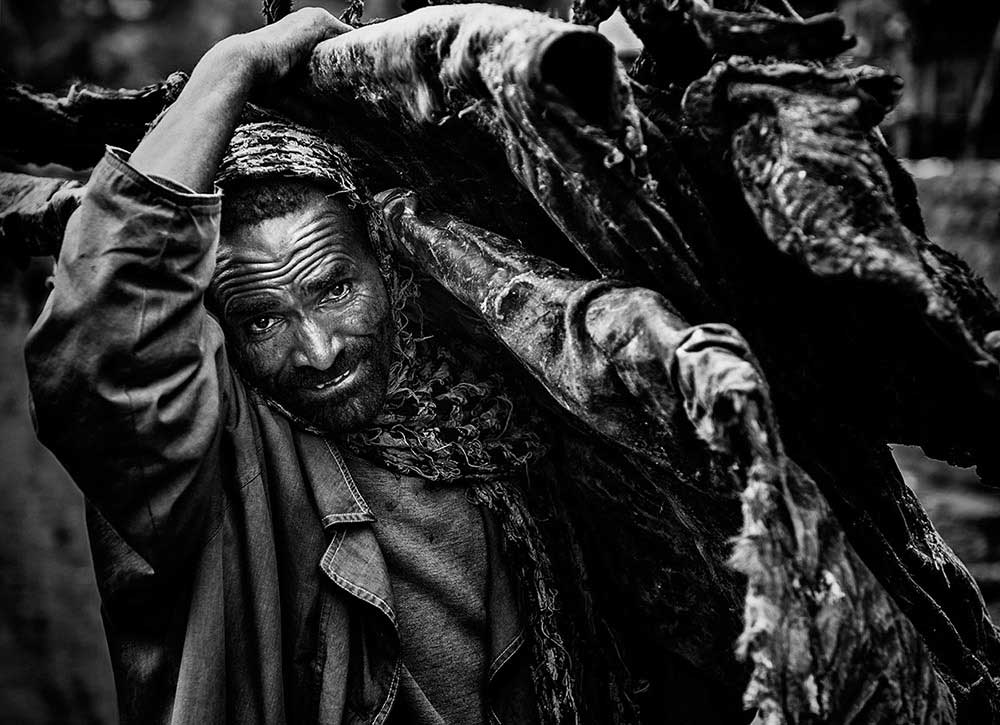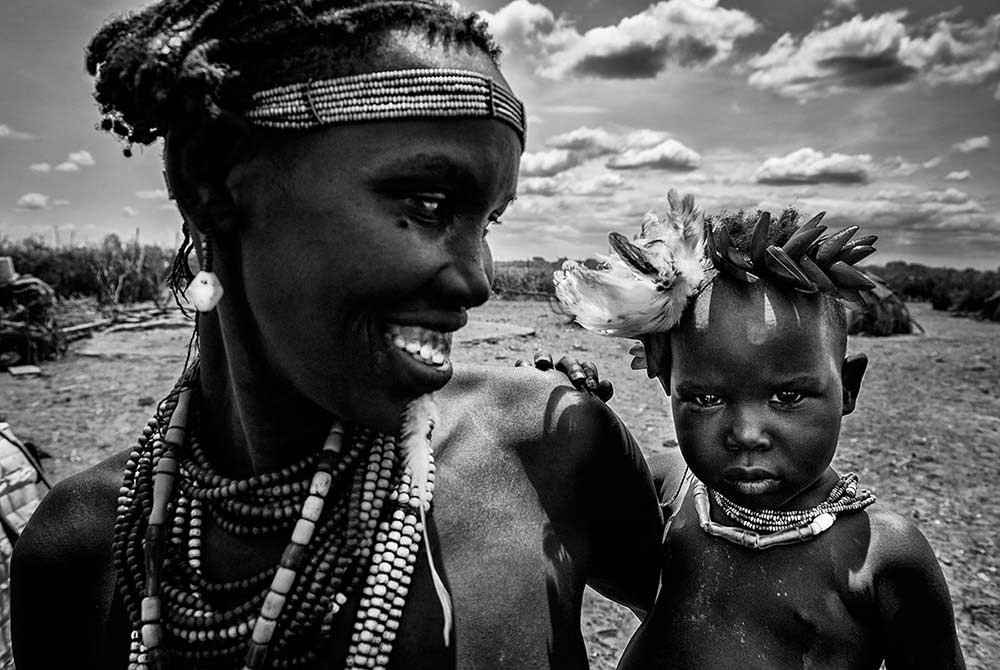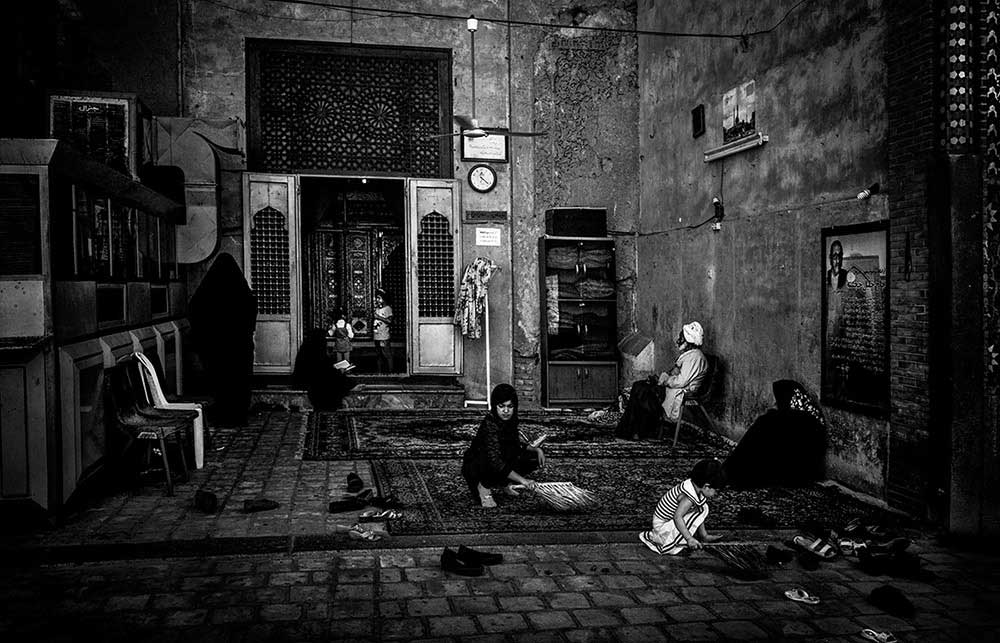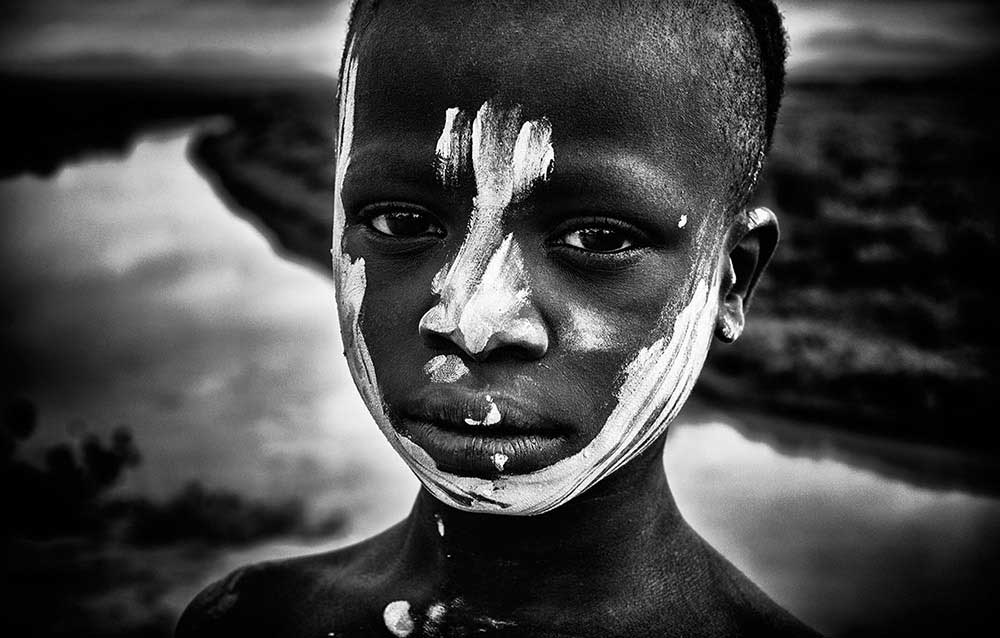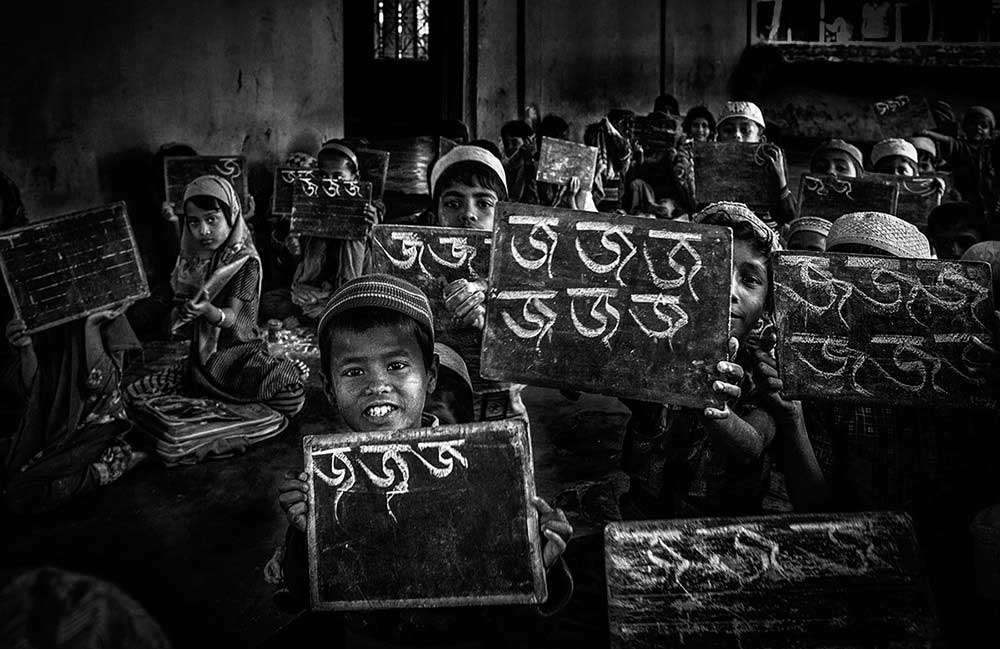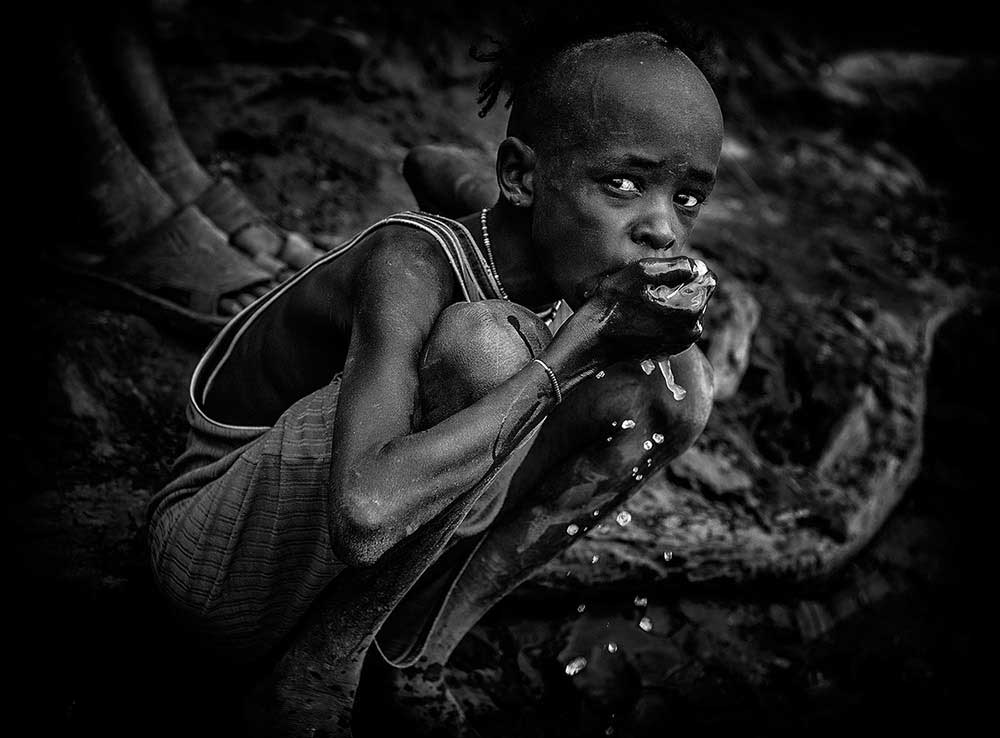Many times I read and hear people say that some photographs have souls, that they reflect an essence, that they transmit a purity.
And perhaps it is true, because often when I see a photograph taken by me I perceive something that I find difficult to express in words, and that it could well be that soul; but what soul are we talking about? Is it from the soul of the people, from the situations photographed or from my own soul?
When I began to travel and to photograph, the results obtained were the ones of the capture; that is, of what was happening there, of what was seen there. If I saw a tree, a beach, a person, it was that tree, that beach, that person what appeared in my photos, and nothing else. Then I realized that what I was looking for was that link that transmits that feeling, that environment surrounding the people photographed; that is, I was seeking to transmit their joys, their looks, themselves. I wanted them to tell me with their eyes, with their complicity, what they felt, what they wanted to convey. This has been a reflection done previously, and that has formed and is part of my way of seeing the kind of photography that I do.
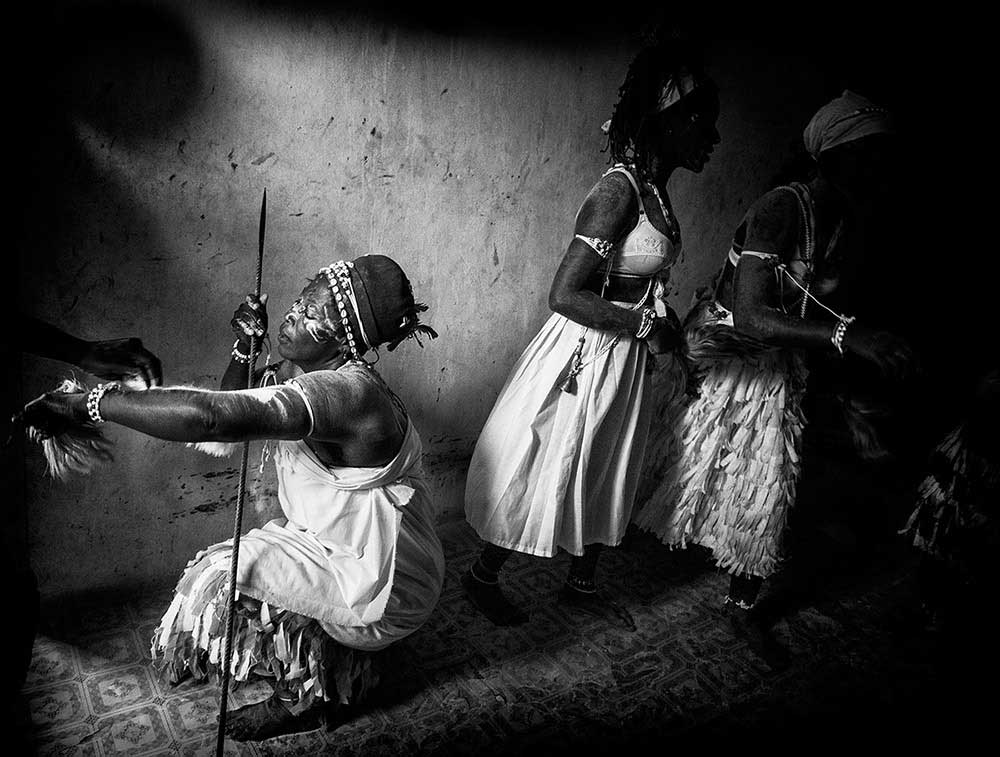
After that necessary evolution through which we all pass, I still look for that complicity with the people photographed, but with a different purpose. Nowadays, when I finish editing a photograph, I have the feeling that what I show is no longer just trees, beaches or people; it is no longer just the transmission of people’s feelings. What I am looking for is to show or transmit that part of oneself that is contributed to the photograph, that what I am. It is as if the photographs shown were mirrors that reflect my soul, my inner self: that which makes you to be one with the photography.
In the photograph of the Ethiopian boy of the Dassanech tribe drinking water from the Omo River, I try to transmit his reality, what I believe he is telling me. But I do it through my vision, through myself. I see its reality, but I see it through the mirror that I have chased, the one that shows me what I have become, what I think about; that is, I see its reality through my soul. When I go to the one taken in Bangladesh, of the children in a school showing me their slates, I see that I am chasing the same thing: I want to see myself in them, in their slates. And if I move to the portrait of the girls taken out in Chad, the same thing. I have the feeling that it is me, along with their complicity, the one who transmits through their glances, their surroundings, that it is me who is saying what they are feeling. And I think that’s my passion, my photography; that need to chase mirrors to see who I am, to find myself through the realities and environments of other people.
